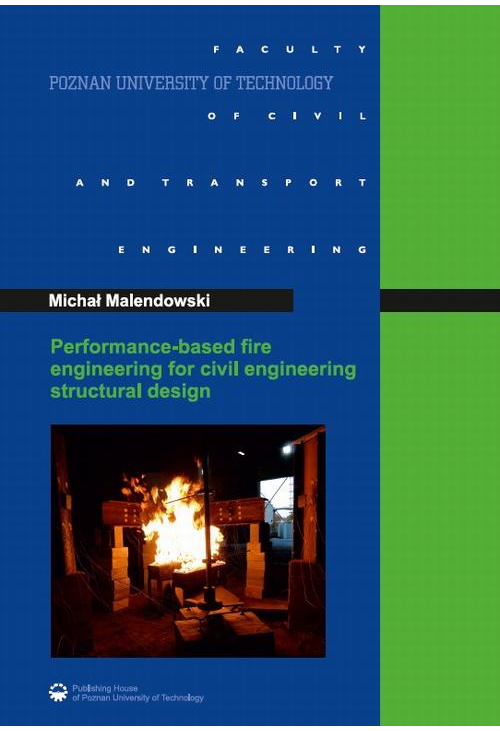
- -11%
ebook Performance-based fire engineering for civil engineeering structural desigin
Odkryj rewolucyjne podejście do projektowania konstrukcji budynków w ebooku "Performance-based fire engineering for civil engineering structural design" autorstwa Michała Malendowskiego, wydanego przez Wydawnictwo Politechniki Poznańskiej w 2020 roku. Ta przełomowa publikacja anglojęzyczna oferuje głębokie spojrzenie na inżynierię bezpieczeństwa pożarowego w budownictwie cywilnym, dostosowaną do współczesnych wyzwań i wymagań.
Dzięki temu ebookowi dowiesz się, jak skutecznie zarządzać ryzykiem pożarowym w projektach budowlanych na podstawie rzeczywistych wyników testów i badań. Autor dzieli się swoją wiedzą zdobytą dzięki wsparciu naukowemu dr hab. inż. Adama Glemy, prof. Politechniki Poznańskiej, oraz cennym sugestiom dr inż. Jana Dębińskiego.
Finansowanie badań zawartych w tej książce pochodziło z grantów Ruukki Construction OY oraz Narodowego Centrum Nauki w Polsce, a także od Instytutu Techniki Budowlanej, gdzie dr inż. Paweł Sulik i dr inż. Wojciech Węgrzyński okazali nieocenioną pomoc.
Nie przegap tej szansy na zdobycie wiedzy z zakresu nowoczesnej inżynierii bezpieczeństwa pożarowego i pobierz teraz swój ebook "Performance-based fire engineering for civil engineering structural design" w wygodnym formacie PDF. Sklep z ebookami oferuje najlepsze wydania elektroniczne, dostępne do łatwego pobrania i czytania na dowolnym urządzeniu.
Ciesz się lekturą naszych bestsellerów ebooków w formie cyfrowej i odkryj nowe horyzonty wiedzy już dziś!
Spis treści ebooka Performance-based fire engineering for civil engineeering structural desigin
CONTENTSList of Figures iv
List of Tables x
Notation xi
Acknowledgment xvi
1. Introduction 1
1.1. State-of-the-art 1
1.1.1. Performance-based fire engineering 1
1.1.2. Advancements in the solving of structural fire engineering problems 9
1.2. Research objectives and the concept of the thesis 11
2. Theoretical background 17
2.1. Fluid dynamics in fire engineering 17
2.1.1. Fundamental laws of fluid dynamics and heat transfer 18
2.1.2. Turbulence modelling 25
2.1.3. Combustion 29
2.1.4. Soot production 31
2.1.5. Radiation 32
2.2. Nonlinear solid mechanics in performance-based structural fire design 37
2.2.1. Formulation of a linear elastic problem 37
2.2.2. Finite Element Method in linear elastic problems 39
2.2.3. Large strain-displacement formulation 41
2.2.4. Material nonlinearity in structural fire engineering problems 45
2.2.5. Stiffness of a structural element in fire 54
2.2.6. Solution of a nonlinear problem 56
2.3. Physical bases for heat exchange between the fire environment and the structure 65
2.3.1. Convective heat flux 66
2.3.2. Radiative heat flux 68
2.3.3. Adiabatic surface temperature 69
2.3.4. Heat conduction 79
3. Coupling between the fire and the mechanical models 81
3.1. Concept of CFD-FEM coupling 81
3.2. Incompatibility between CFD and FEM models for steel framed structures 81
3.3. Development of a heat transfer model 84
3.3.1. Virtual surfaces 84
3.3.2. Shadow effect 86
3.3.3. Heat transfer model formulation 87
3.4. Implementation 96
3.4.1. Approximate calculation of view factors 98
3.4.2. Verification of the view factors calculation method 102
3.4.3. Finite difference method approximation of a conduction problem 108
3.5. Verification and Validation 112
3.5.1. Furnace tests with uniform thermal exposure of a cross-section 113
3.5.2. Furnace tests with nonuniform thermal exposure of a cross-section 116
3.5.3. Compartment fire tests 123
3.5.4. Localised fire tests 127
3.5.5. Summary 140
3.6. CFD-FEM coupling procedure 141
3.6.1. Setting CFD output 142
3.6.2. Heat transfer calculations 142
4. Mechanically based method for determining fire scenarios 145
4.1. Complexity and robustness of frame structures 145
4.2. The idea of the method 147
4.3. Theoretical bases 150
4.4. Complexity measures 151
4.5. Method implementation 153
4.6. Verification 155
5. Exemplary analysis of a structure subjected to fire 171
5.1. General description of the structure 171
5.2. Actions 171
5.2.1. Fire actions 172
5.2.2. Permanent loads 175
5.2.3. Imposed loads 176
5.2.4. Snow load 177
5.2.5. Wind load 177
5.2.6. Combinations of actions 178
5.3. Preliminary analyses 183
5.3.1. Design according to Eurocode simple calculation model 183
5.3.2. Response to uniform ISO 834 fire exposure 184
5.4. Numerical models 187
5.4.1. CFD fire model 187
5.4.2. FEM mechanical model 191
5.5. Fire scenario determination 193
5.6. CFD-FEM coupling 197
5.7. Results 199
5.7.1. Temperature distribution in a fire compartment 200
5.7.2. Fire-structure heat transfer results 203
5.7.3. Effect of combinations of actions on the mechanical response of the structure in fire 215
5.7.4. Local response of the structure in fire 216
5.7.5. Global response of the structure in fire 242
5.7.6. Summary 256
6. Concluding remarks 259
References 265
Appendices 278
Summary 279
Szczegóły ebooka Performance-based fire engineering for civil engineeering structural desigin
- Wydawca:
- Wydawnictwo Politechniki Poznańskiej
- Rok wydania:
- 2020
- Typ publikacji:
- Ebook
- Język:
- angielski
- Format:
- Liczba stron:
- 302
- ISBN dla wersji papierowej:
- 9788377756034
Recenzje ebooka Performance-based fire engineering for civil engineeering structural desigin
-
Reviews (0)

Na jakich urządzeniach mogę czytać ebooki?
- -11%




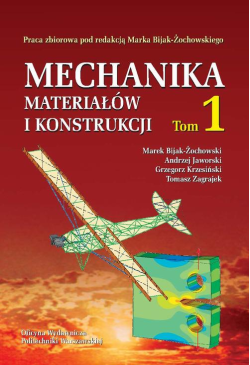
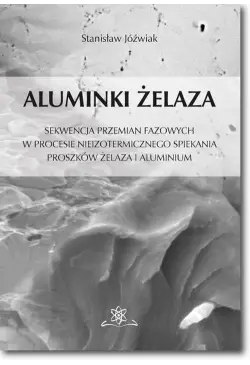
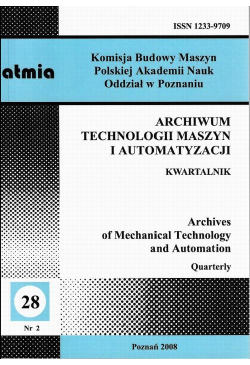
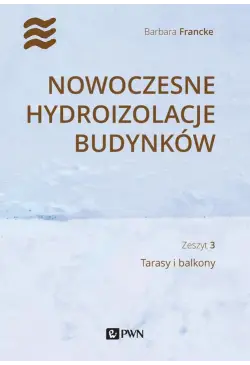
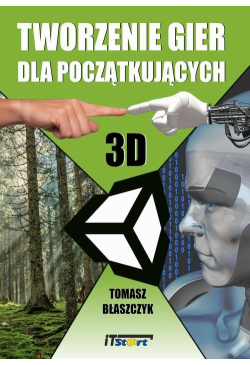


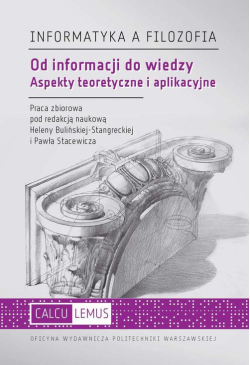

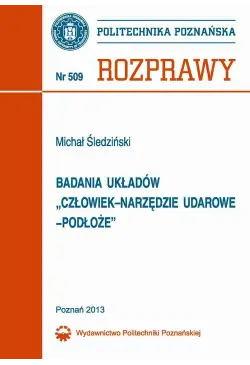

@CUSTOMER_NAME@
@COMMENT_TITLE@
@COMMENT_COMMENT@